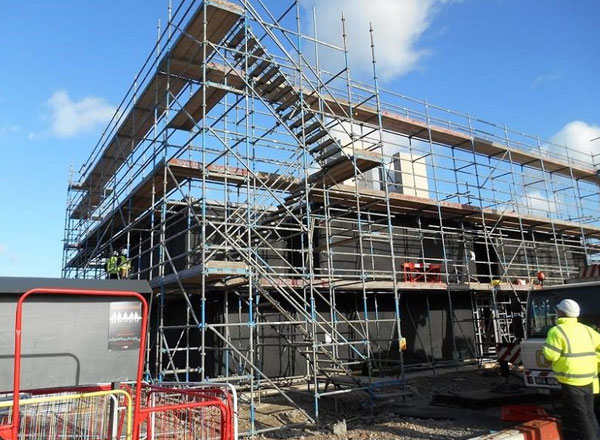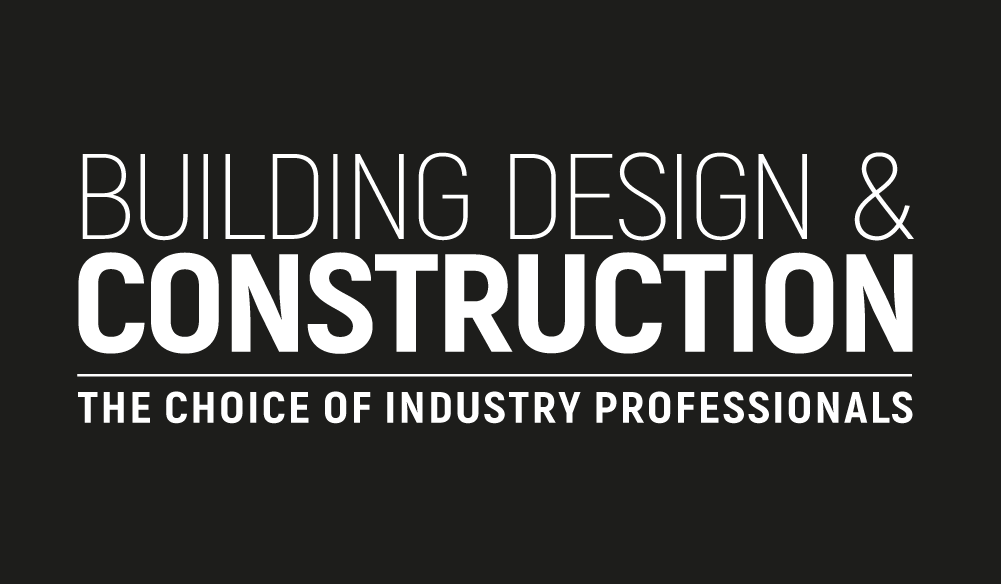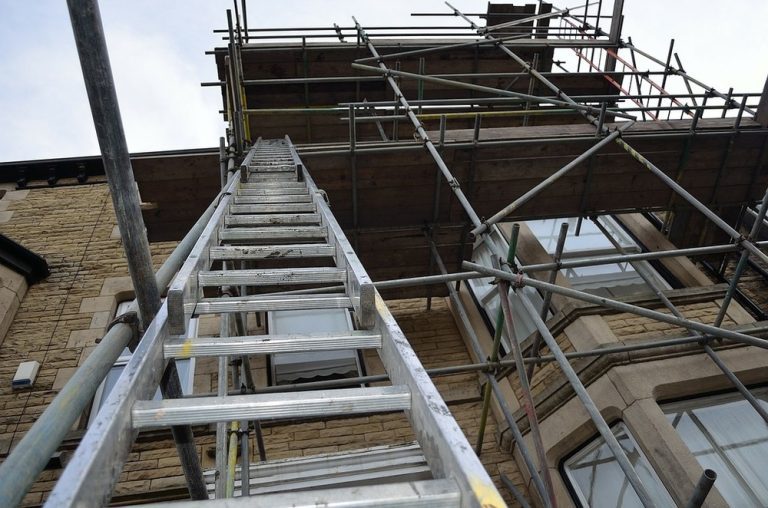When it comes to doing high-access DIY work, it’s almost instinctive to reach for a ladder. A scaffold tower seems like something you’d see on a construction site or in a warehouse. So, why should you think about swapping tools? Scaffold towers can be extremely useful around the home, saving time and making things easier – particularly when it comes to larger DIY projects and renovations. Compared to a ladder, scaffold towers are much safer to use over long periods of time and allow you to carry more tools while you work. When is a scaffold tower a better choice? Ladders are good for quick jobs that require a lot of moving around, such as clearing gutters or hanging a few simple decorations. Scaffold towers, on the other hand, offer a stable platform from which more complex jobs can be carried out. If you anticipate working for more than 30 minutes at a time, will need two hands to effectively complete the task or expect to use multiple tools or heavy equipment, a scaffold tower is the safest way to go. Of course, it may be that the work you are doing doesn’t require the use of any high-access equipment. Cleaning windows, for example, can often be done from the inside level or with the use of high-reach poles. Where to get a scaffold tower You’re beginning to think that your safest option is to use a scaffold tower, but you don’t want to invest in a new piece of equipment that you might only use once. What are your options? Fortunately, there are companies that specialise in refurbishing second-hand scaffolding towers, offering you adequate safety without paying a premium price. One thing to be aware of though – don’t try and save money by buying a cheap tower that won’t actually be suitable for the job you’re doing. Look carefully at height, weight and surface recommendations before purchasing. Take a look at this full range of second-hand towers from Precipitous Ltd. Scaffold tower set-up The most important thing when working with a scaffolding tower is ensuring that it has been set up properly for the task at hand. This involves checking the structure is sturdy and reading through the manufacturer’s guide for use. The person responsible for building, dismantling, inspecting and working from a scaffold tower must have the appropriate training, knowledge and experience to do so. They should be familiar with what to look for when checking its stability, and have the necessary competence to understand the basic safety steps of working at height. Carry out a risk assessment Before conducting any work at height, it’s important to carry out a risk assessment to identify potential issues and the safest way of working. Although a scaffold tower is one of the more secure ways to work at height, working off the ground always carries risks. Could the work be carried out from ground level? Will people beneath your working area be safe? What is most likely to affect you while you work? This document comprehensively covers all the aspects you might not immediately consider. Safety tips for scaffold towers Here are some of the key things you must do while setting up or working from a scaffold tower: Always work from the appropriate instruction manual Carefully follow the manufacturer’s guide to setting it up Never place a tower on top of other structures or objects for additional height Ensure the scaffold tower guard rail is properly installed and secure – do not work without fall protection Avoid standing on a platform while erecting or dismantling the tower without proper protection When is a ladder the better choice? If your task isn’t going to take very long, or will require a lot of repositioning, a ladder will be much more efficient so long as it’s being used safely. Just like a scaffold tower, make sure that you’re using the right tool for the job – a roof ladder for doing roof work, for example. The fact that a ladder is more portable, lightweight and easy to store are certainly advantages, but try to use each tool for the right reasons – not just because one is less hassle.







